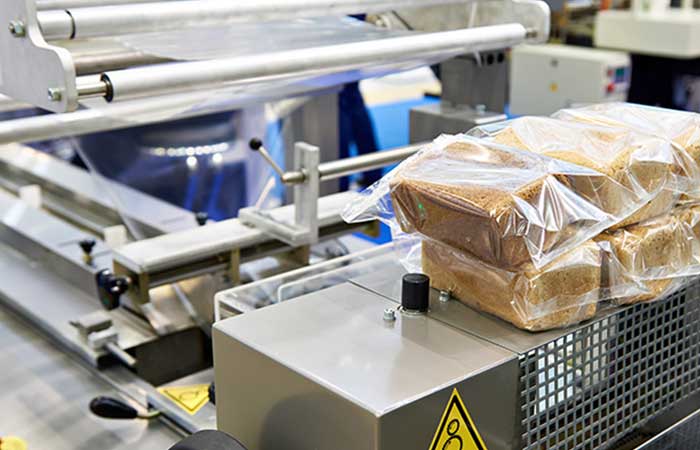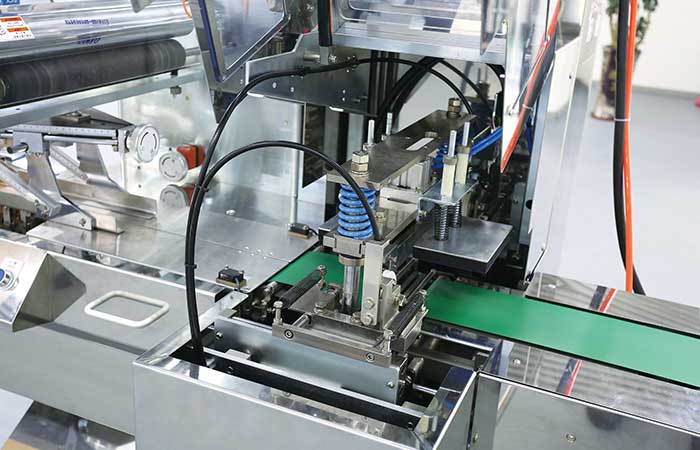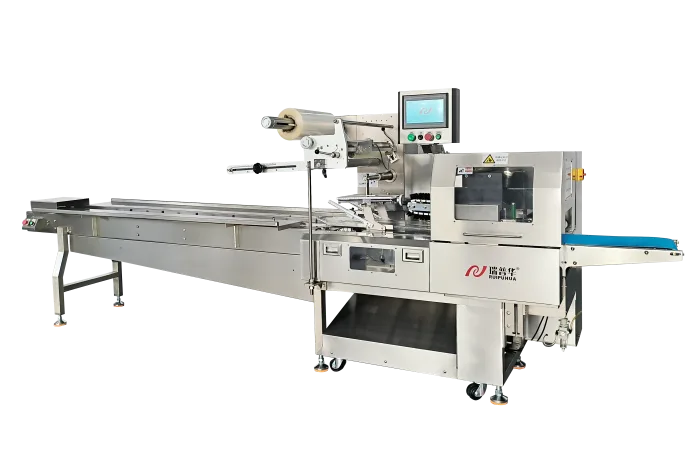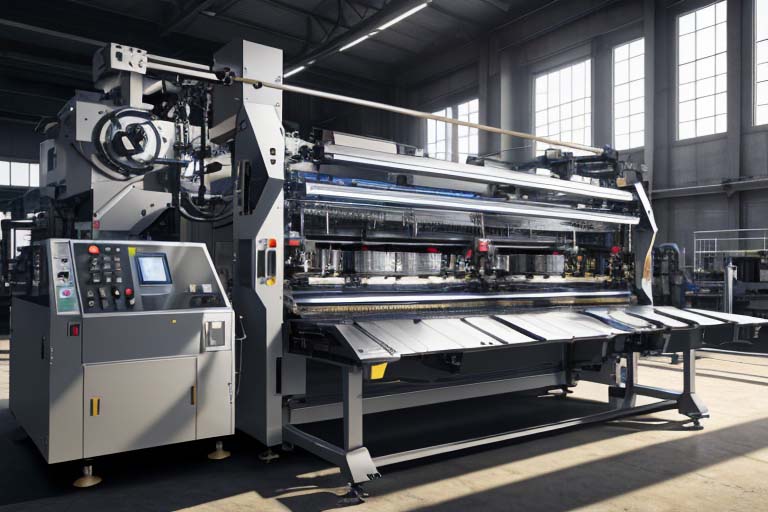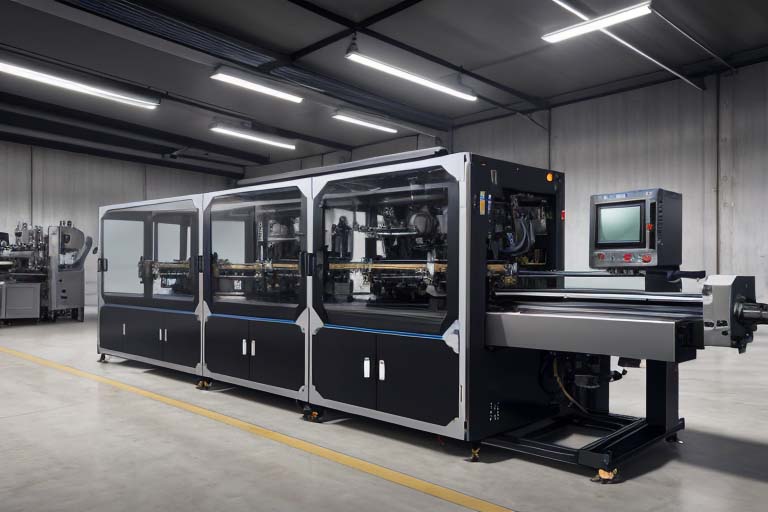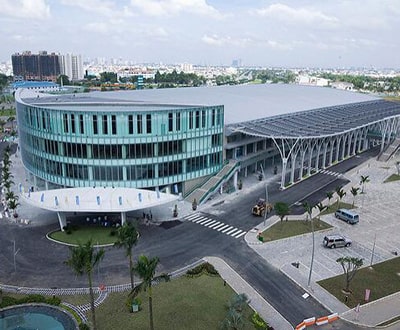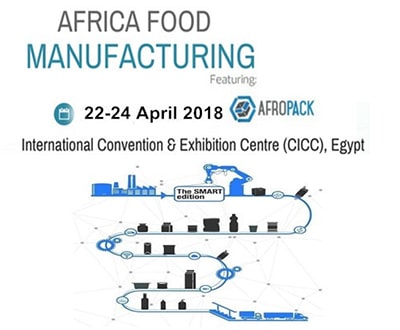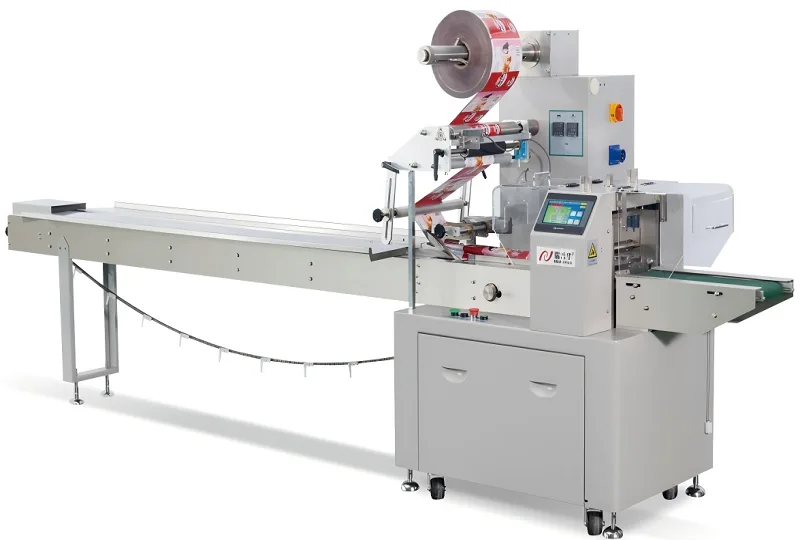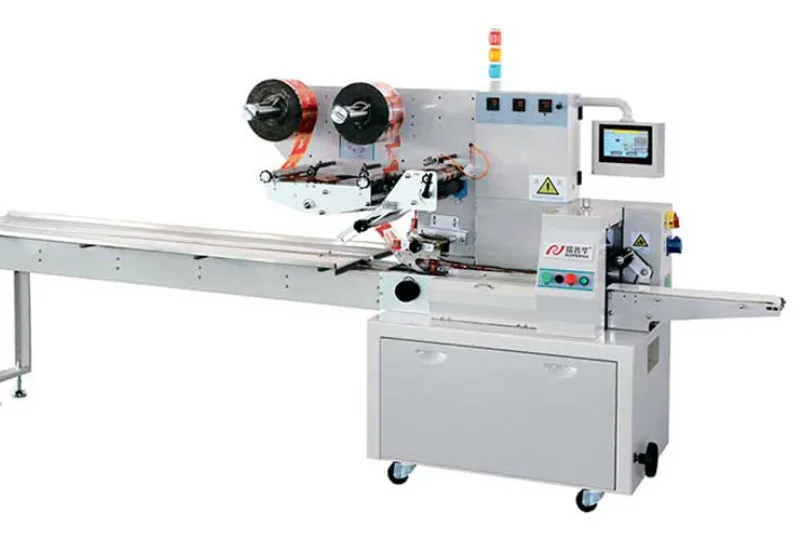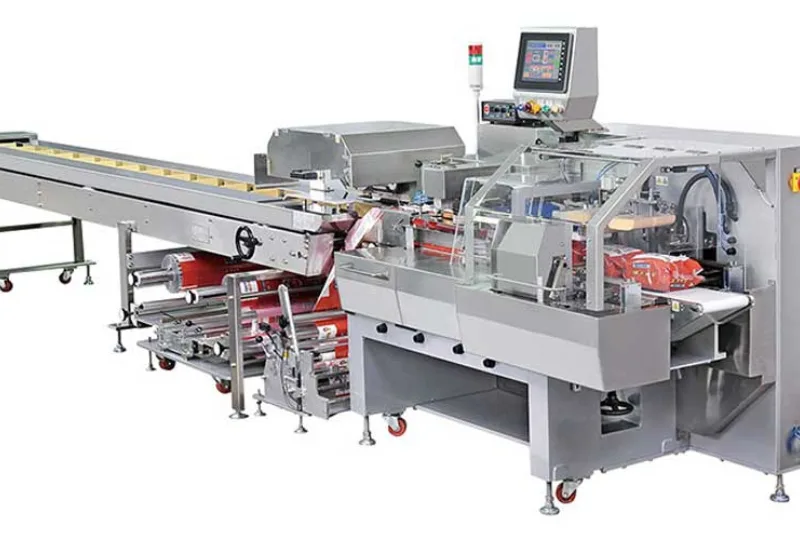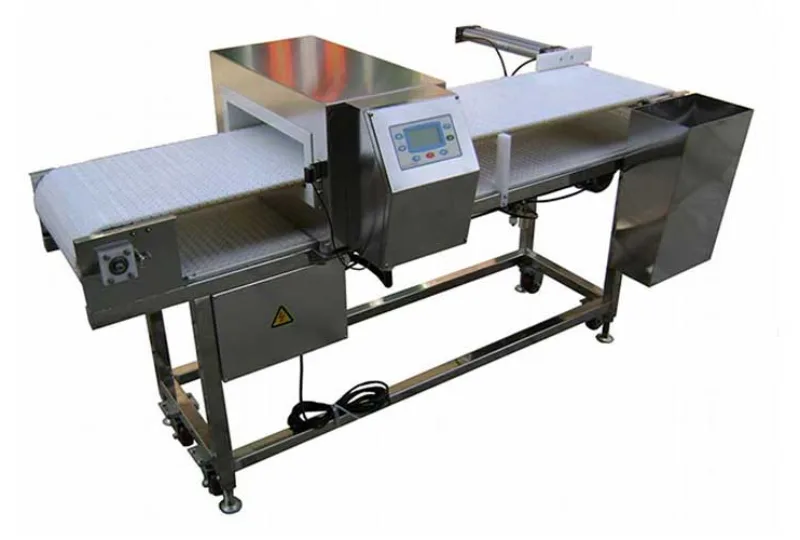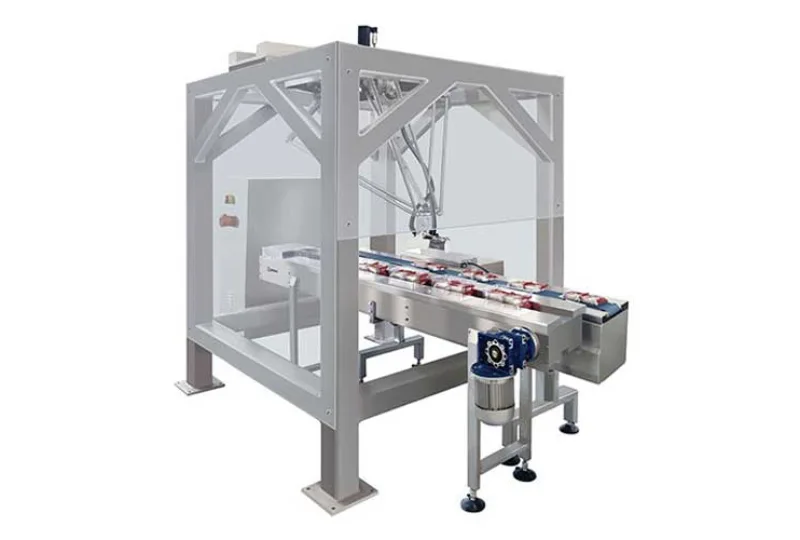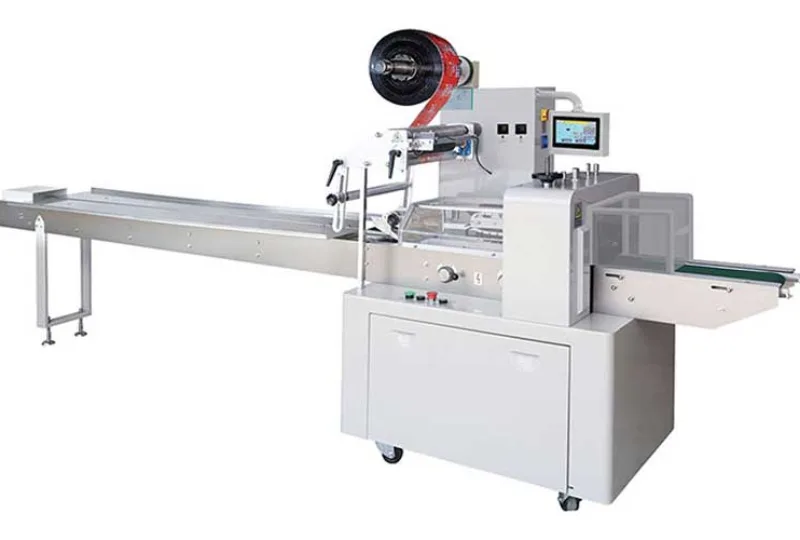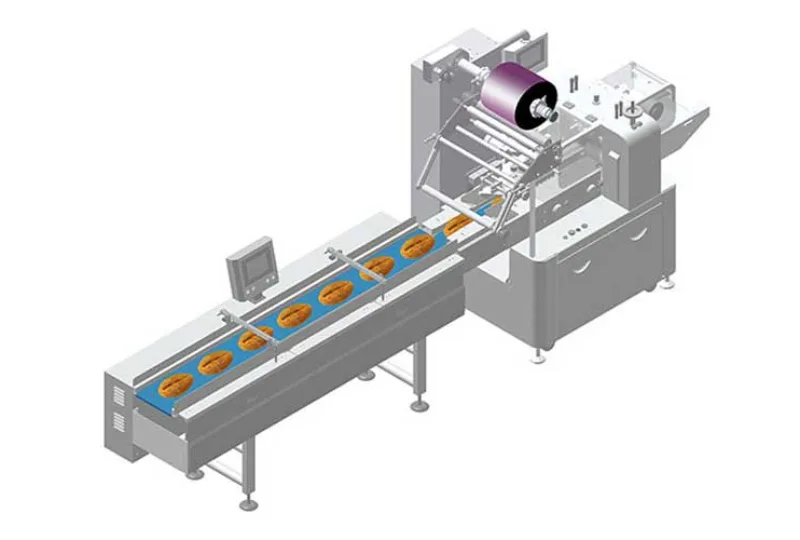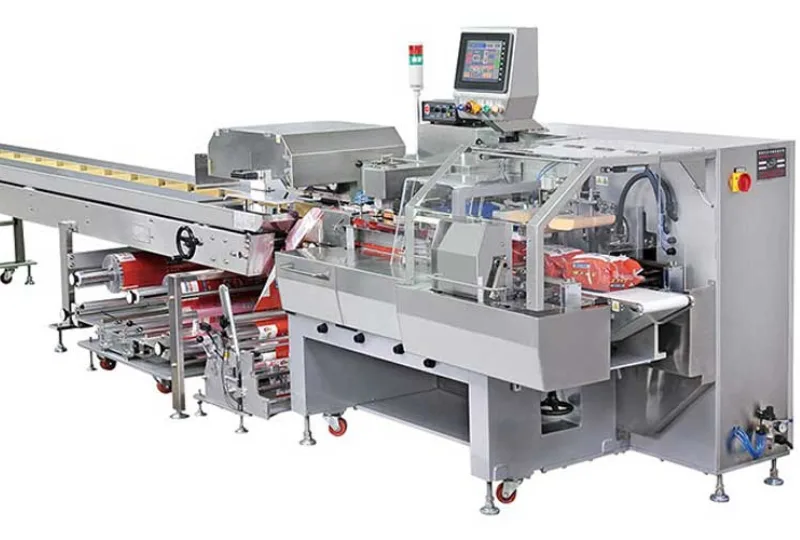Efficient Passive Thermal Packaging System Guideline
Ultimate Guide to Building an Efficient Passive Thermal Packaging System
When it comes to shipping temperature-sensitive products, ensuring that they reach their destination in optimal condition is paramount. One of the most effective ways to achieve this is by implementing a passive thermal packaging system. In this guide, we’ll walk you through the best practices for creating a reliable and efficient passive thermal packaging system.
Understanding Passive Thermal Packaging
Passive thermal packaging uses insulation and phase change materials to maintain a consistent temperature inside the package without the need for external power sources. This method is particularly useful for shipping pharmaceuticals, food items, and other temperature-sensitive products.
Key Components of a Passive Thermal Packaging System
1. Insulation Material: Choose high-quality insulation material that offers good thermal resistance.
2. Phase Change Material (PCM): Use PCM to absorb and release thermal energy, helping to maintain a stable temperature inside the package.
3. Outer Packaging: Select a sturdy and durable outer packaging to protect the contents from external factors.
Best Practices for Building a Passive Thermal Packaging System
1. Conduct a thorough assessment of your shipping requirements to determine the most suitable insulation and PCM materials.
2. Ensure proper sealing of the package to prevent air leakage, which can compromise the insulation’s effectiveness.
3. Test your passive thermal packaging system in real-world conditions to validate its performance.
Benefits of Using a Passive Thermal Packaging System
1. Cost-Effective: Passive thermal packaging systems are often more affordable than active cooling solutions.
2. Environmentally Friendly: These systems reduce the need for power-consuming cooling devices, making them eco-friendly.
3. Reliable Performance: When designed correctly, passive thermal packaging systems can effectively maintain product integrity during transit.
Conclusion
Building an efficient passive thermal packaging system requires careful planning and the selection of suitable materials. By following the best practices outlined in this guide, you can ensure that your temperature-sensitive products reach their destination in optimal condition.
-
01
Automatic Tray Loading and Packaging Equipment: Boost Efficiency to 160 Bags/Minute
21-11-2025 -
02
Automatic Soap Packaging Machine: Boost Productivity with 99% Qualification Rate
21-11-2025 -
03
A Deep Dive into Automatic Toast Processing and Packaging System
18-11-2025 -
04
The Future of Bakery Production: Automated Toast Processing and Packaging System
18-11-2025 -
05
Reliable Food Packaging Solutions with China Bread, Candy, and Biscuit Machines
11-10-2025 -
06
High-Performance Automated Food Packaging Equipment for Modern Production
11-10-2025 -
07
Reliable Pillow Packing Machines for Efficient Packaging Operations
11-10-2025 -
08
Advanced Fully Automatic Packaging Solutions for Efficient Production
11-10-2025 -
09
Efficient Automatic Food Packaging Solutions for Modern Production
11-10-2025 -
10
Advanced Automatic Packaging Equipment for Efficient Production
11-10-2025



